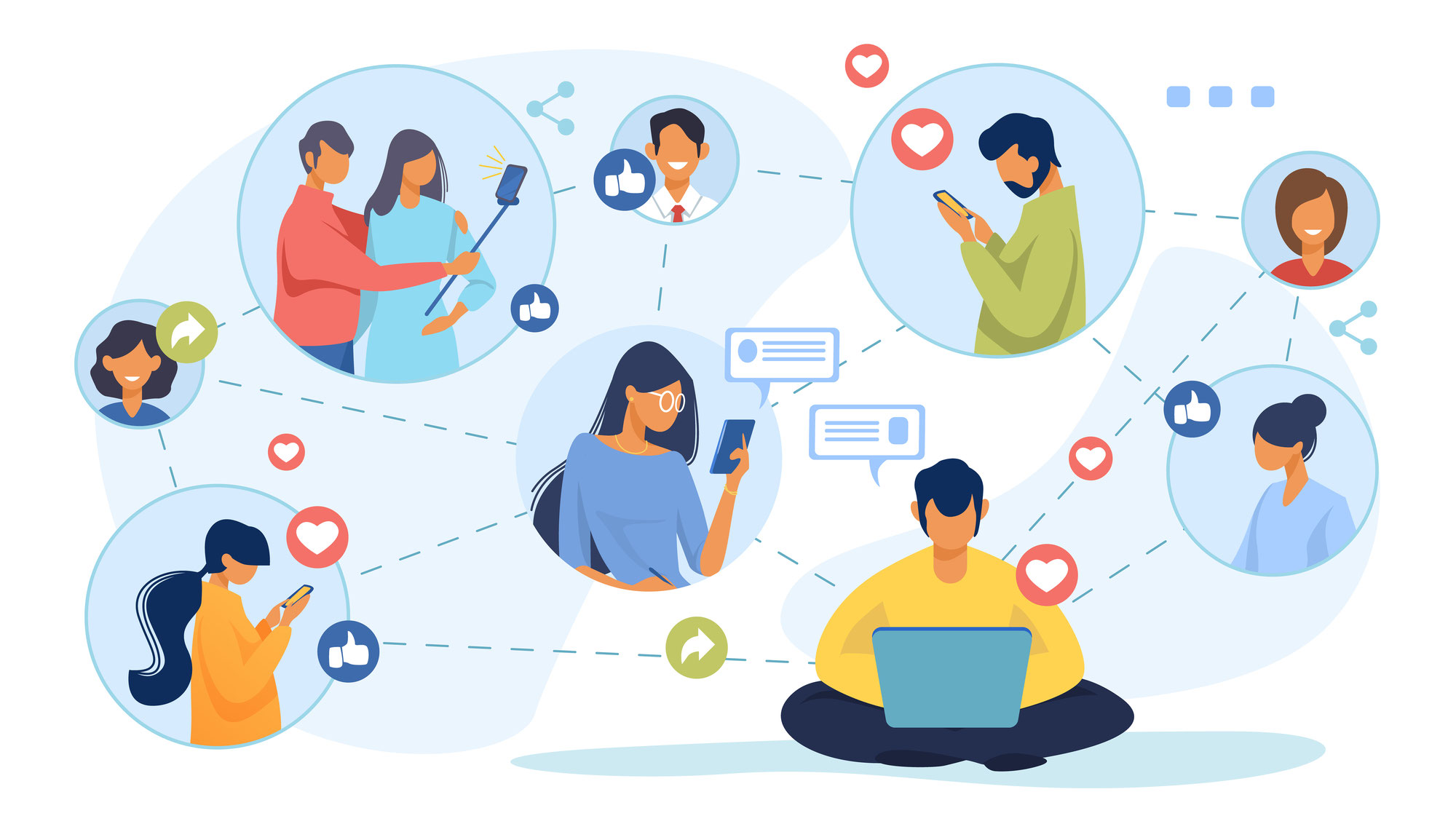They say innovation is born out of necessity. We can see this being played out in these trying times, right before our very eyes. The coronavirus pandemic has forced us to change so many things about our lives and culture so quickly. Everything from business, education, healthcare, politics and religion to simple, mundane everyday tasks (like using the bathroom, for goodness sake!) are looking incredibly different than they did before. And since this has all changed, we are finding new ways to utilize emerging technology to navigate through this unchartered territory.
Many industries and individuals are leaning on tech more than ever to accomplish their goals. In fact, the demand is so great that technology remains one of the few sectors that are still hiring. Tech companies are racing to provide the services we need, by building upon existing technologies and also fast-tracking new inventions.
A lot of what we will see in the very near future will rely heavily on AI, virtualization, IoT (internet of things) and faster internet speeds, via 5G. Interestingly, these were all trends that we were expecting to really take hold in 2020 and beyond. Yet, now that we are fully reliant on tech to prop us up, these capabilities will evolve in ways that we hadn’t fully anticipated before.
In a recent article for eMarketer, Victoria Petrock lays out new innovations that may show some promises in helping us through this pandemic. I believe they are worth discussing, as well.
- Delivery Drones – Now that we are quarantined at home, the demand for deliveries has surged. Delivery drones are seen as a promising option to help stop the spread of germs. In China, some companies are using drones to carry medical supplies within hospitals and bring food and medicine to people at home. In the US, Amazon, UPS and others are testing drones to deliver retail products, medicine and fast food to homes. However, more work needs to be done in regards to safety and regulations. I am interested to see the logistics of how it would all work.
- Worker Robots – Also in China, robots are being put to work in the medical field, checking temperatures, carrying medical samples, dispensing hand sanitizer and spraying disinfectant. There was also a promising story out of Everett, WA where a robot was used to treat a COVID-19 patient by using its camera, microphone and stethoscope to monitor his vital signs. Robots are also being used in the food industry to deliver meals to hospital patients and even to cook burgers and make coffee at certain restaurants to keep such services more sanitary. Some people have a feeling of distrust surrounding robots though, so we will see how far this one goes.
- Telemedicine – Pre-pandemic, telemedicine was starting to gain traction, but providers and patients were still slow to fully embrace it. But now, virtual healthcare and wellness options are seeing a large spike. Less foot traffic in and out of a doctor’s office naturally means there is less of a chance for diseases to spread. This option is especially convenient for patients who are healthy or do not need physical contact with a doctor or medical equipment. We will probably see even more people utilize this option for mental health therapy and counseling services.
- Biometrics – Some countries are experimenting with biometrics by scanning people’s body temperatures or using facial recognition to enforce quarantine. However, while useful, this can raise a lot of privacy concerns, especially when governments or large organizations are in control of it. Yet, using these measures in our personal lives (facial, fingerprint recognition) can move us toward needing less passwords to access our tech.
- Smart Home Devices – Internet-enabled devices in the home can be a great solution to curbing the spread of germs among family members. When our phones, TVs, appliances, smart speakers, etc. are controlled by voice, it means we will need to touch less things.
- Virtual Reality – With many of us stuck at home, we are desperate for human connection, socialization and adventure. VR will probably emerge as a popular way for us to entertain ourselves by playing games, virtually traveling the world and meeting with friends, both real and artificial. Companies are also developing ways to conduct meetings, train employees and work on projects together using VR.
- 5G – It only makes sense that all this internet usage will require higher bandwidths and faster speeds, especially when used for work. Employers and employees need to know that they can fully rely on their technology to successfully conduct business.
- Analytics – This was not mentioned in the eMarketer article, but I do think it is worth addressing. I think there will be a surge in analytics technology. Just take a look at the news any moment of the day. We are so consumed with numbers, stats, predictions, and models based on patterns. I think there will be advances in the technology that is used to collect and analyze large amounts of data.
Though this heavy dependence on technology may be the way we forge our way forward, I do think we need to proceed with caution. For one thing, we need to make sure we have ample resources to keep it all up and running. Disruptions to internet and phone service would mean significant disruptions to business. In addition, we need to ensure that we have strong privacy and security measures in place. This has been a large area of concern since before the virus and it will continue to be at the forefront with our increased use of tech. I think it’s fair to say that we will have lots to discuss on the topic of cybersecurity in the months to come!



